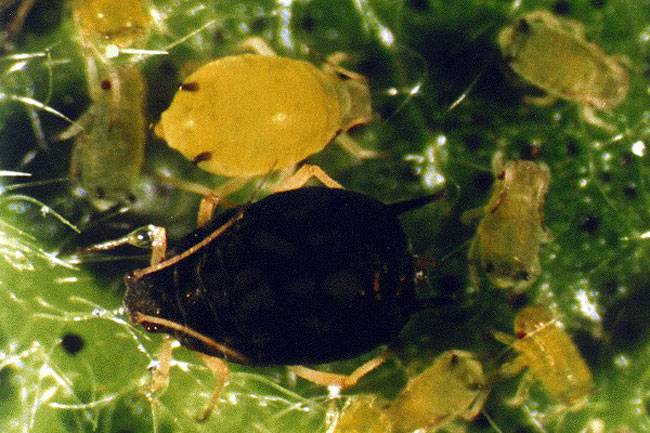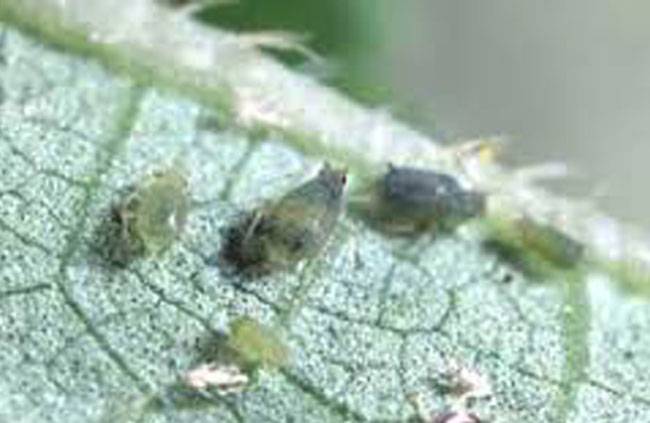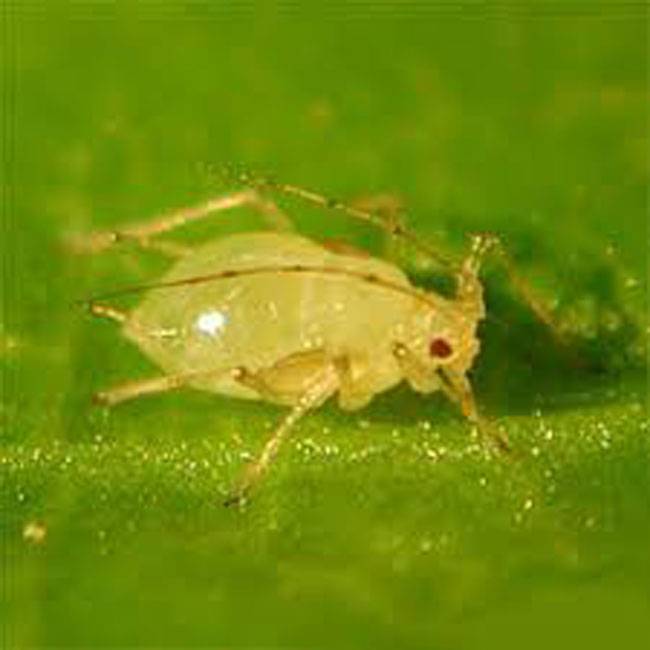Aphids (Aphis gossypii), commonly known as cotton aphids or melon aphids, are small, sap-sucking insects that attack cucumbers and other crops. These pests are notorious for causing physical damage to plants and acting as vectors for numerous plant viruses. Effective management is crucial to minimize their impact on yields and plant health.
Key Details About Aphids on Cucumber
1. Identification and General Characteristics
- Appearance:
- Small insects (smaller than a grain of rice), gray or green in color.
- Females can be winged or wingless; males are not well-documented.
- Exhibits color variation depending on season and host plant condition.
- Feeding Habits:
- Prefer young leaves and shoots, often found on the undersides of leaves.
2. Symptoms of Infestation
- Leaves and shoots become deformed and turn yellow.
- Reduced plant vigor and yield due to extensive sap loss.
- Large populations lead to stunted growth.
- Secondary problem: Aphids act as vectors for plant viruses, spreading diseases rapidly.
3. Lifecycle and Reproductive Behavior
- Development:
- Optimum temperature: 25–30°C; Relative Humidity (RH): 65–70%.
- Lower developmental limit: 6°C; Upper limit: 35°C.
- Nymph Stages:
- First, second, third, and fourth nymphal stages are completed in 1–1.2 days each under favorable conditions.
- Reproduction:
- A single aphid can produce 28–80 offspring in its lifetime.
- Longevity of females: 2–3 weeks under optimal conditions.
- Generation Time:
- A generation (egg to adult) is completed in 4–10 days.
4. Ideal Conditions for Aphid Multiplication
- Temperature: 25–30°C.
- Humidity: 65–70%.
- Rapid population growth under favorable conditions makes them a persistent problem in cucumber fields.
Management Strategies
- Cultural Controls:
- Remove infested leaves and plants to reduce populations.
- Practice crop rotation to disrupt the aphid lifecycle.
- Biological Controls:
- Encourage natural predators like lady beetles and lacewings.
- Chemical Controls:
- Apply systemic insecticides if infestations are severe. Use selective chemicals to minimize impact on beneficial insects.
- Integrated Pest Management (IPM):
- Regularly monitor aphid populations and use traps or reflective mulch to deter them.
- Disease Management:
- Prevent virus transmission by controlling aphid populations early.
Conclusion
Aphids (Aphis gossypii) are a serious pest for cucumbers, reducing plant vigor, yield, and acting as vectors for harmful plant viruses. Proactive and integrated management strategies are essential to minimize their impact and ensure healthy crop production.





